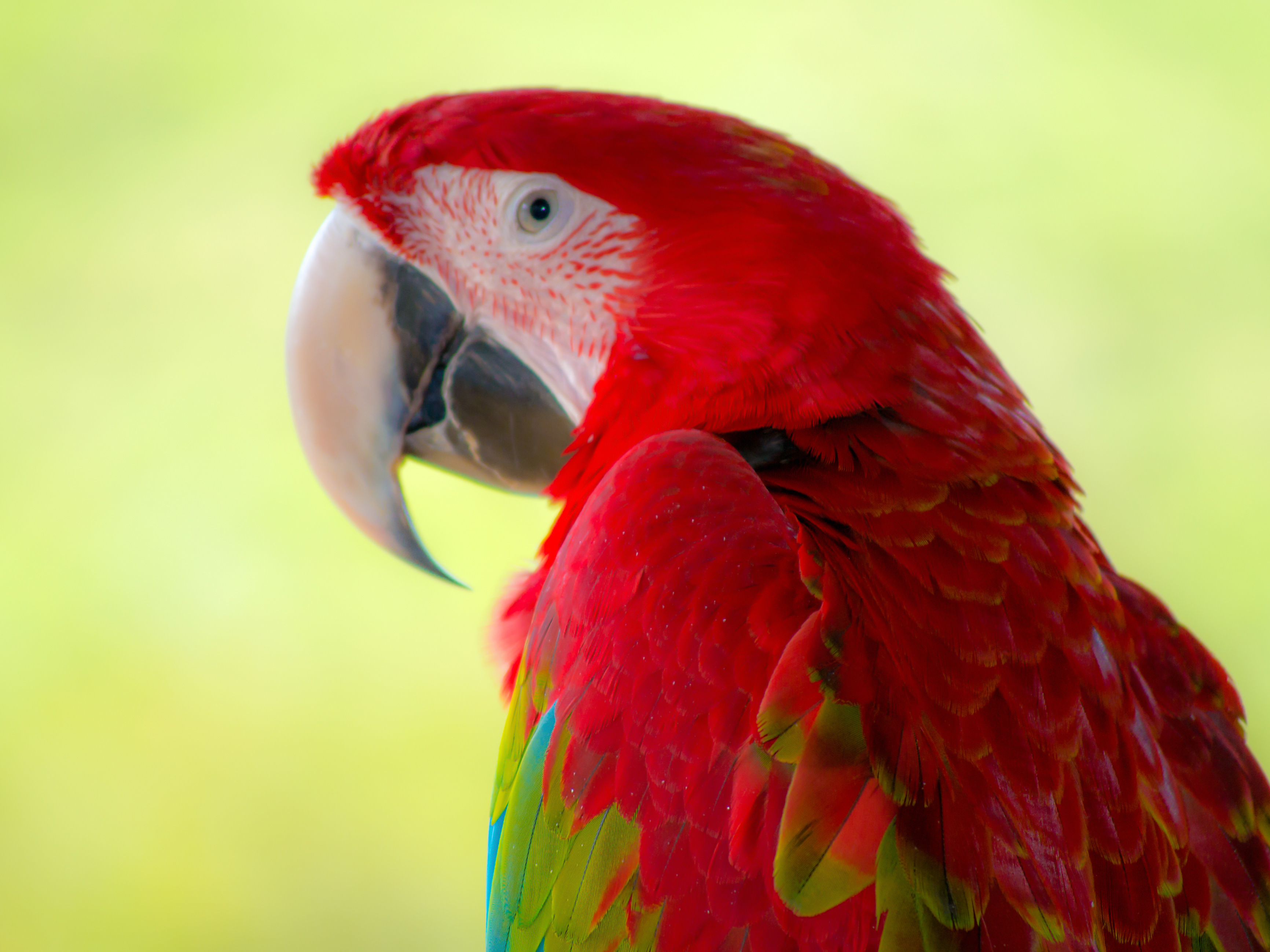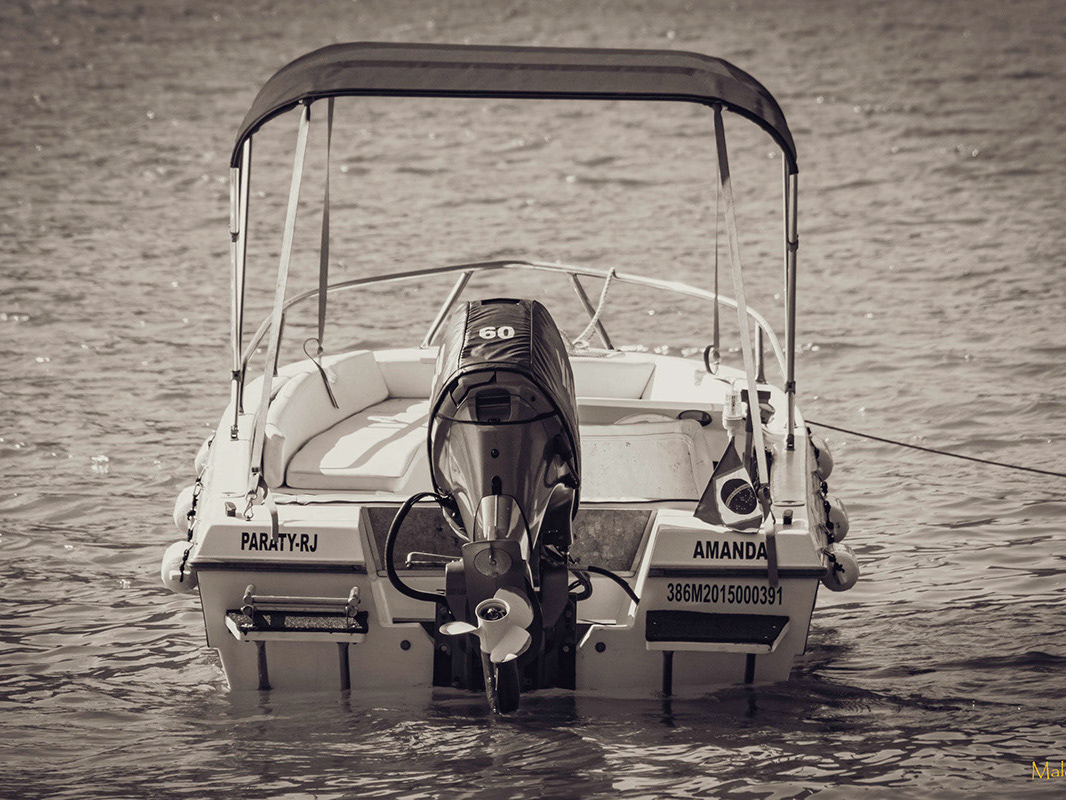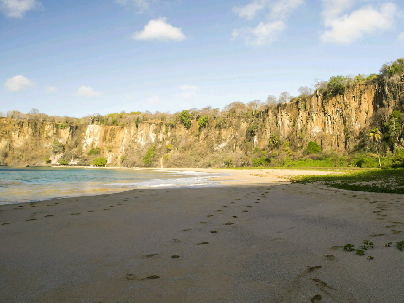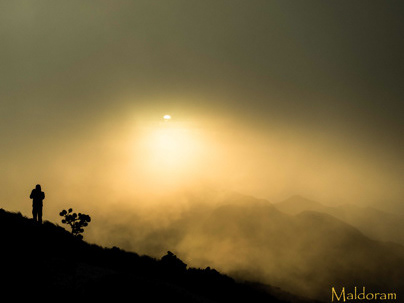The atlantic's emerald.
"The Emerald of the Atlantic", this is how it became known outside the archipelago of Fernando de Noronha. A place whose beauty is such that it can "hurt" the eyes.
Fernando de Noronha (Portuguese pronunciation: [feʁˈnɐ̃du d(ʒ)i noˈɾoɲɐ]) is an archipelago of 21 islands and islets in the Atlantic Ocean, 354 km (220 mi) offshore from the Brazilian coast. The archipelago got its name from the Portuguese merchant Fernão de Noronha, to whom it was given by the Portuguese crown for services rendered regarding wood imported from Brazil. The main island has an area of 18.4 km2 (7.1 sq mi) and had a population estimated at 2,718 in 2012.[1] The area is a special municipality (distrito estadual) of the Brazilian state of Pernambuco (despite being closer to the state of Rio Grande do Norte),[2] with about 70% established in 1988 as a national maritime park.
In 2001 UNESCO designated it as a World Heritage Site because of the importance of its environment. Its timezone is UTC-02:00 all year round. The local population and travellers can get to Noronha by plane or cruise from Recife,[3] 545 km (339 mi). An environmental preservation fee is charged from tourists upon arrival by Ibama (Institute of Environment and Renewable Natural Resources).
More in...
https://umbalaiode.com.br/2016/02/13/fernado-de-noronha/
https://en.wikipedia.org/wiki/Fernando_de_Noronha
Morro dos dois irmãos, main island postcard.
Praia do cachorro
Praia do cachorro, one of the best places to surf on the island.
Praia do Sancho, elected the most beautiful beach in Brazil 3 times in a row and 2 times in the world.
The famous swimming pool of Atalaia has a great diversity of marine life. Without a spot, you can find sharks, octopuses and moray eels.
Morro dos dois irmãos at sunset, a moment of silence, of ecstasy, of fullness.
Porto Santo Antonio
View of Santo Antonio port from the Forte dos remédios.
The attentive look of a landscape enthusiast, connecting with the universe.







